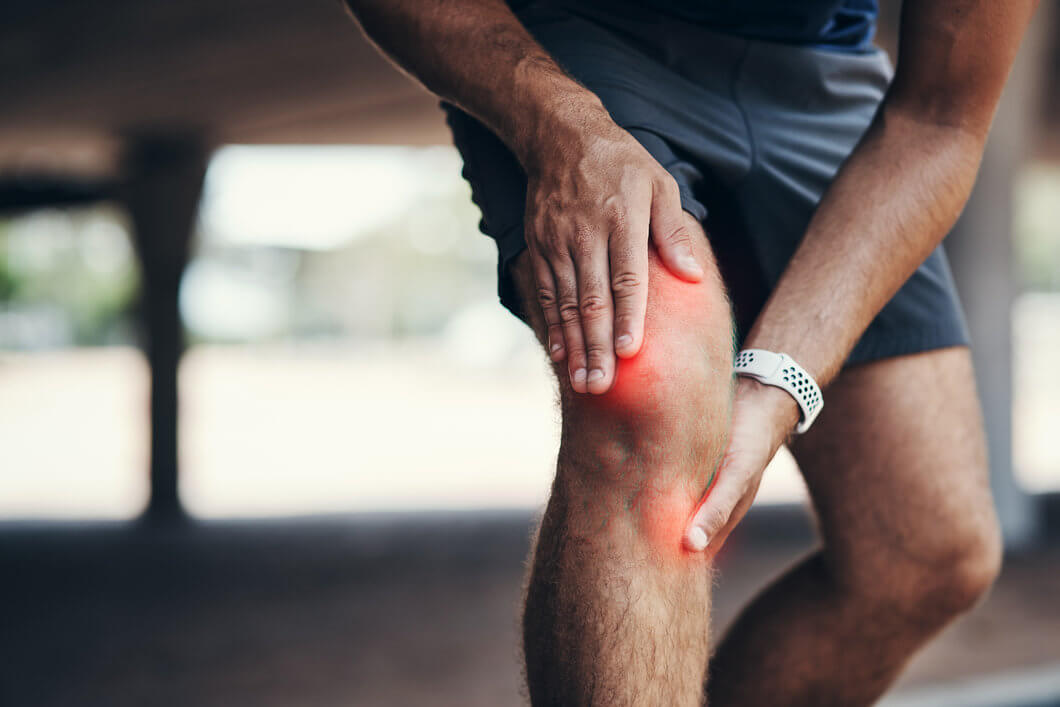In my first year as a junior doctor I was a keen 5-10km runner, running 3-4 times per week around central London. I then managed to gain a place in the London Marathon and so I slowly began to build up my training.
I thought I was doing everything right; following a programme to the letter, buying my trainers from a running shop (with a gait assessment) and everything felt good during each training session. That was until injury struck with just 3 weeks to go after running around the beautiful Somerset countryside.
Unfortunately, the knee pain was so intense that I was unable to run the marathon that year – even walking was a struggle, so 26.2 miles was never going to be an option.
I spoke to my GP who referred me to a physiotherapist, and it was at that point that I was diagnosed for the first time with ITBFS.
After four months of physiotherapy, having worked hard on my strength, control and flexibility, I was pain free and back running 10-12 miles at a time with no symptoms. I was ready to restart my training for my deferred marathon place, but this time I was going to take things slower.
Everything felt great until 3 weeks to go (again) when the pain returned with a vengeance. My ITBFS was back.
